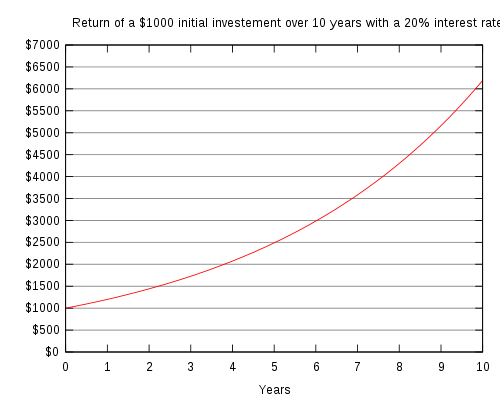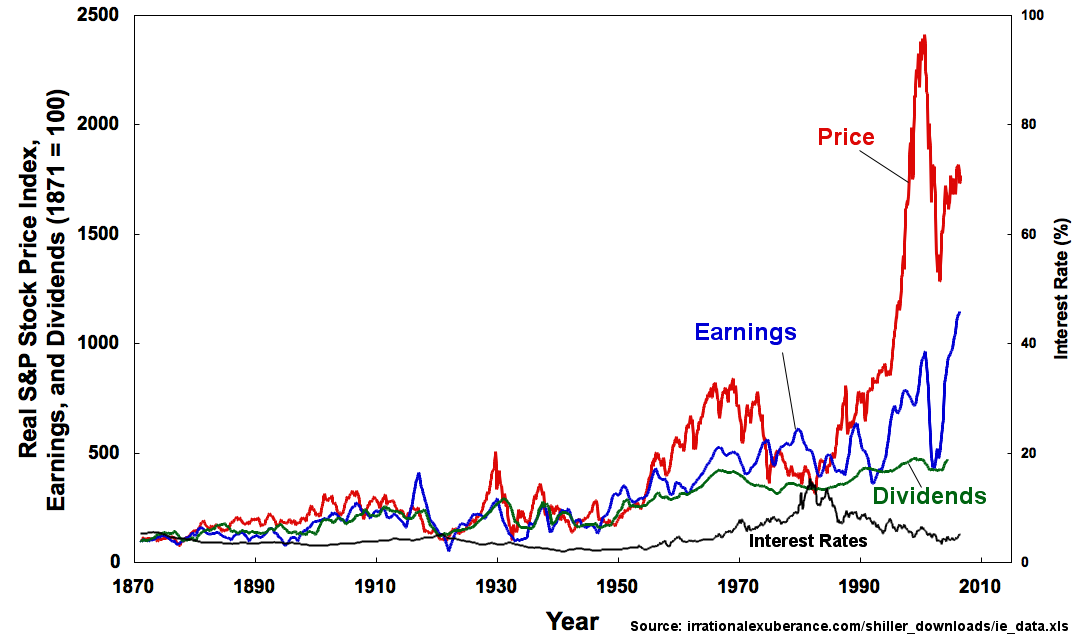Difference Between Dividends and Interest
Interests and dividends are prevalent in investment decisions, but very few understand clearly the distinction between these two terms. Let’s unfold the key differences between interests and dividends. In a nutshell, an interest and dividend can be payable or receivable depending who owns or owes the money.

Definition of Interest
An interest is the amount the borrower pay at a fixed predetermined rate and specified date to the creditor or lender for the utilization of the money. Any individual, entity or corporation can ask for a loan from creditors for different purposes and the money has to be paid with interests. Companies can also issue debentures and then pay interests to debenture holders.
When a certain company wants to expand its business or establish a new venture, it applies for loans from various financial institutions. It then owes the principal amount and the interest to be paid at regular intervals regardless of whether the company is making profits or not. The rate at which the interest is charged is the interest rate and it is subject to the time value of money. The interests can be paid on an annual basis, monthly or quarterly.
There are two types of interest, viz. compound and simple interest. A simple interest is determined based on the original amount while the compound interest is calculated on the accumulated interest hence called the interest on the interest. An interest can be charged on government securities, debentures, loans and bonds. Banks can pay the interest on their customers for the savings of money.
Tax wise, interests are tax deductible. Basically, an interest can be categorized into different tax considerations. For instance, municipal bonds interests are exempt from federal income tax in the US whereas other interest incomes are subject to a regular tax income. Corporations are liable for tax for the interest paid to the bondholders.

Definition of Dividends
Dividends refer to the money or shares disbursed to the shareholders of a company proportional to the amount of capital they have invested in the company. The company can own money in the form of equity or preference shares. It can therefore issue dividends after a unanimous decision taken by the board of directors when the company makes profit. The amount of dividend paid is fixed in preference shares and can be variable in equity shares.
The company can expand its business by establishing a public offering of shares where members of the public can subscribe to the shares. Some can purchase the shares through the open market. Upon purchasing the shares of the company, the shareholder is entitled to a portion of dividends which can be determined annually, semi-annually or quarterly at the management’s discretion when the company makes profit. If the company is not making profits, the management can decide to halt the disbursement of dividends.
Note that the company is not legally bound to issue dividends on a regular base. The disbursement of dividends is dependent upon the appropriation of profit whereas the interest is against the profit. That being said, it is important to make a wise investment decision carefully based on this knowledge.
Not only are dividends paid in cash but also in the form of shares. The corporation is responsible for the Corporate Dividend Tax for the disbursement of dividends. All the investment distributions by the company are classified as dividends.
Key Differences between Dividends and Interests
Basic Meaning of Dividends and Interests
An interest is the amount of money paid to the lender or creditor for the money borrowed or for postponing the repayment of a financial obligation. The banks can also pay interests to their customers for the savings they made with the bank. The interest rate is fixed and paid at regular intervals agreed upon by two stakeholders. The dividend is, on the other hand, the disbursement of money to the stockholders of the company. The dividends are not necessarily paid at fixed rates as they depend on the available profit. An interest is an expense to the company while dividend is not.
Profit-based
An interest is independent of whether is making profit or not. It is a financial obligation that needs to be honored by the borrower to the lender or creditor. If the borrower misses the repayment date, the interest can accrue and will incur additional charges. Dividends are generally profit-based. If the company has not made any profit, the management may decide against the disbursement of dividends for a certain period until they make profit again.
Tax Considerations in Dividends and Interests
Interests are tax-deductible whereas dividends are not tax-deductible
Fixed Payments in Dividends and Interests
Interests are fixed and dividends are variable except when preference shares are involved.
Paid to
Interests are paid to lender or creditors of debenture holders. The company can receive or pay interests depending whether it owns or owes the money. Dividends are paid to the stockholders in the company.
Interests vs Dividends : Comparison chart

Summary of Dividends and Interest
- Interest is paid to the creditor or lender for the money the borrower has used.
- Interest is an expense to the net income of the company
- It is tax-deductible and it is paid on a fixed term
- The amount of interest is fixed on a predetermined frequency of payment
- Interest is charged on government securities, bonds, loans and debentures
- Dividends are paid to shareholders
- They are not expenses to the net income as they depend on the profit made
- Dividends are not tax-deductible
- The amount of the dividend per stockholder is determined by the amount of shares they have invested
- Difference Between CBD and Indica - April 22, 2019
- Difference Between Unilateral Contract and Bilateral Contract - February 8, 2019
- Difference Between Polki and Kundan - December 15, 2018
Search DifferenceBetween.net :
Leave a Response
References :
[0]Homaifar G, (2004). Managing Global Financial and Foreign Exchange Rate Risk. Business & Economics. John Wiley & Sons, 2004. Page 107
[1]Ernst & Young LLP, (2004). The Ernst & Young Tax Guide. Business & Economics. John Wiley & Sons, 03 Feb 2004. Page 104.
[2]Image Credit: https://commons.wikimedia.org/wiki/File:IE_Real_SandP_Prices,_Earnings,_and_Dividends_1871-2006.png#/media/File:IE_Real_SandP_Prices,_Earnings,_and_Dividends_1871-2006.png
[3]Image Credit: https://upload.wikimedia.org/wikipedia/commons/thumb/9/9c/Compound_interest.svg/500px-Compound_interest.svg.png
